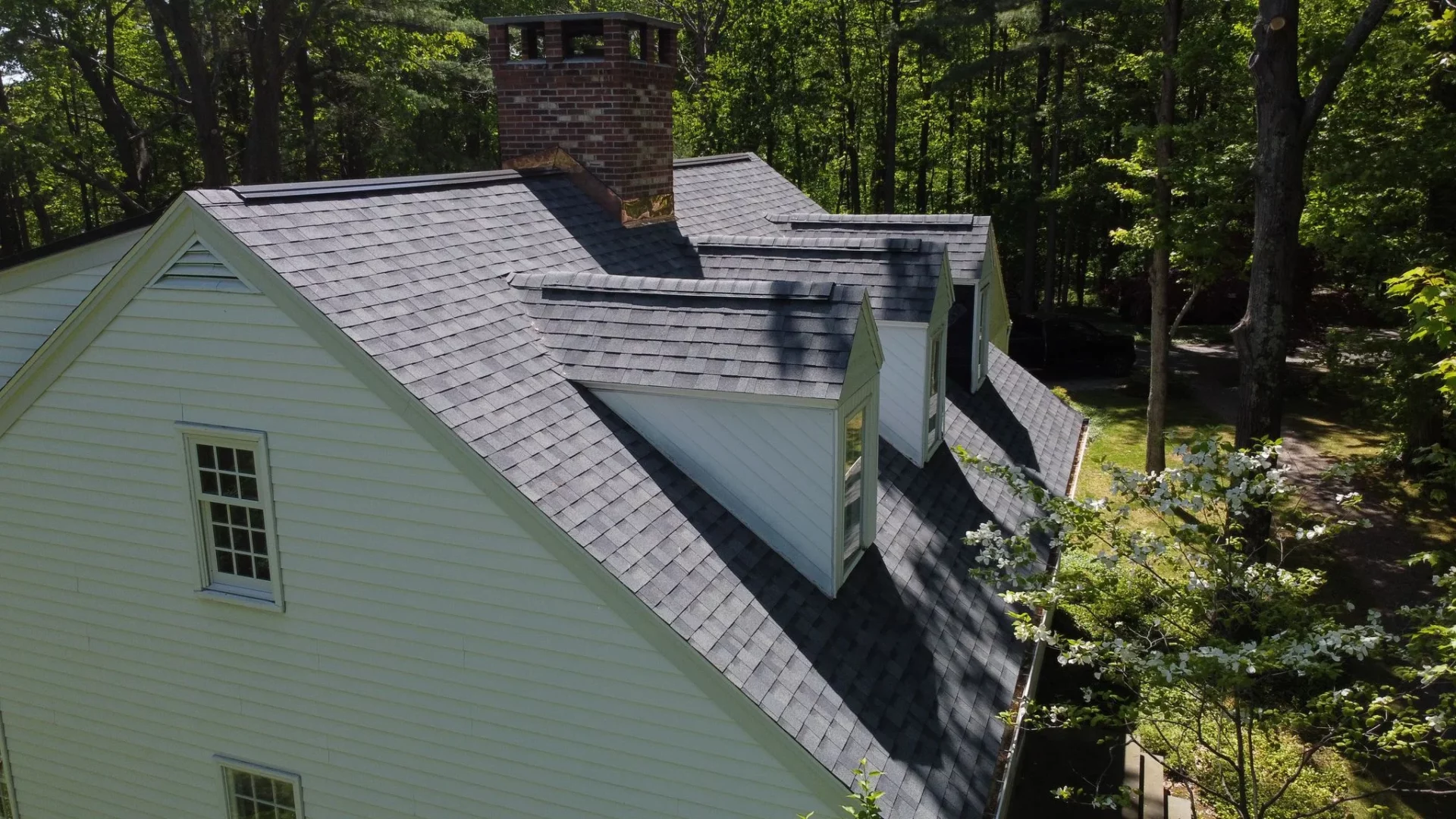Your home’s roof does more than just provide cover. It’s a complex system essential for protecting you from the elements.
To fully grasp the importance of your roof and its repairs, it helps to understand the various parts of a roof top-to-bottom.
In this comprehensive guide, we will get into the 24 parts of a roof, shedding light on their functions and significance.
Let’s break down the parts of the roof below!
1. Decking: The Foundation of Your Roof
The roof decking, which is alternatively referred to as roof sheathing, functions as the base for your roof.
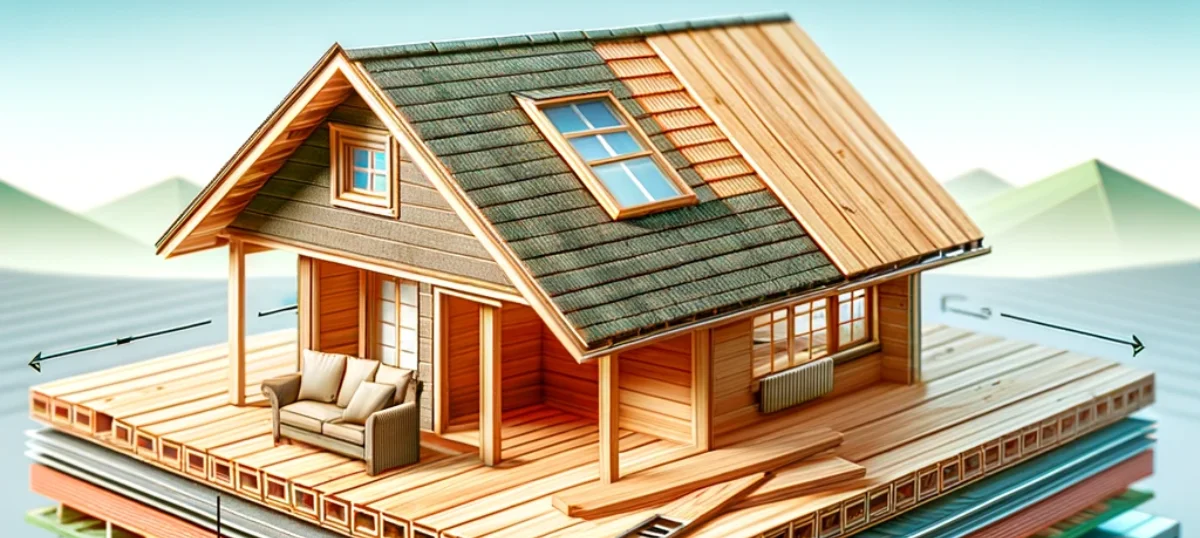
Constructed from plywood, it offers structural stability and serves as a surface for installing roofing materials.
It is helpful to adequately waterproof the decking to prevent problems stemming from moisture, such as roof deterioration, water infiltration and compromised structural integrity. Furthermore, maintaining proper ventilation in the attic preserves the durability and strength of the decking.
2. Underlayment: The Protective Blanket
The underlayment membrane protects your roof from moisture. Positioned right atop the roof deck, it provides a watertight seal, delivering both padding and protection from water seeping in.
Underlayment membranes are available in different materials, such as felt, rubber, and reinforced fiberglass. Each type of underlayment serves a specific purpose, such as rafter underlayment for waterproofing rafters and valley underlayment for added leak protection.
3. Attic: The Unsung Hero
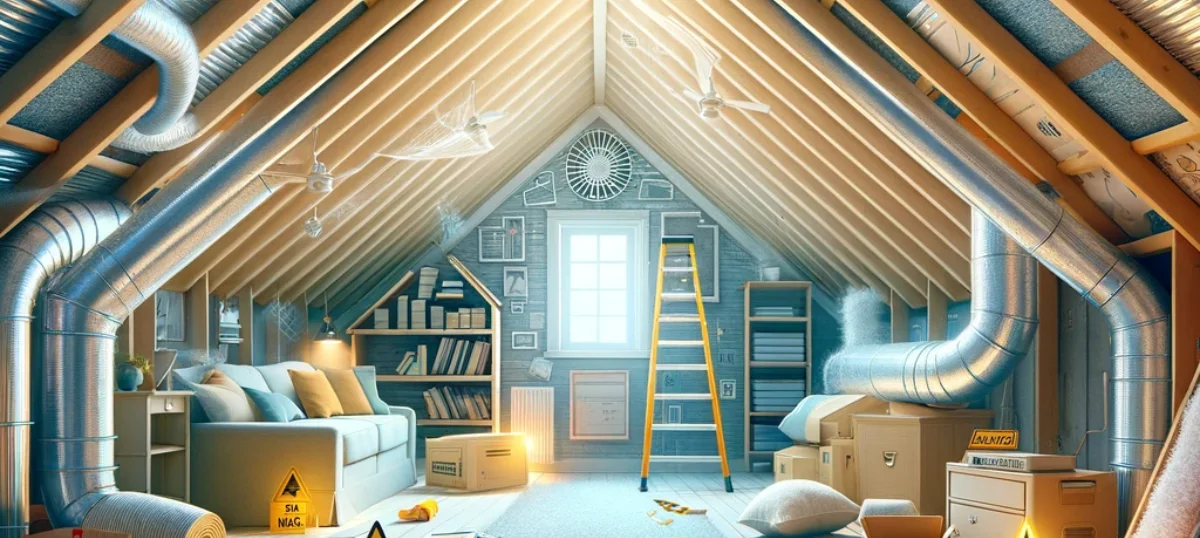
Often overlooked, the attic is an integral part of your roof. The attic is your home’s natural defender, keeping you cool from the summer’s heat and dry from the winter’s dampness.
Proper ventilation in the attic allows for air circulation, which helps regulate the temperature and moisture levels in your roof. Ensure your attic is well-insulated and adequately ventilated to maintain a healthy roof.
4. Vents: Keeping Your Roof Breathing
Roof vents play a vital role in ensuring the longevity of your roof. It enables adequate airflow, preventing the accumulation of moisture and promoting ventilation throughout your home.
Different types of roof vents serve specific purposes: plumbing vents facilitate ventilation in the plumbing system, soffit vents allow fresh air intake into the attic, ridge vents assist in the escape of humid air, and gable vents ensure passive attic ventilation.
Together, these vents contribute to the overall health and durability of your roof.
5. Rafters: The Backbone of Your Roof
The rafters are the structural beams that form the framework of your roof. They shape and sustain the roof’s structure, linking to the outer walls and landing at the ridge board.
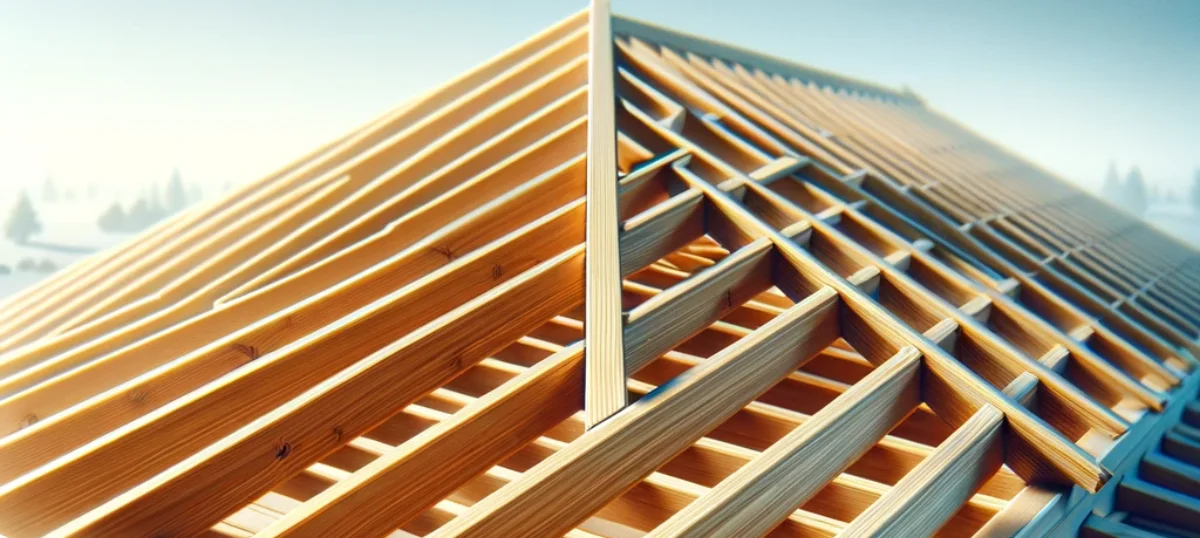
Typically made of wood, rafters also serve as the base for the roof deck and roof covering. In some cases, metal rafters are used in commercial buildings to enhance strength and support.
6. Ridge: The Peak of Excellence
The ridge board, also known simply as the ridge, runs along the apex of your roof, giving it a triangular shape.
As the roof’s uppermost element, it joins the rafters together, ensuring a stable and solid framework. Specialized ridge tiles are used to cover the joints, preventing water infiltration and adding aesthetic appeal.
7. Collar Beam: Enhancing Stability
Collar beams, also known as collar ties, are horizontal support beams that play a role in connecting two rafters at the roof’s ridge.
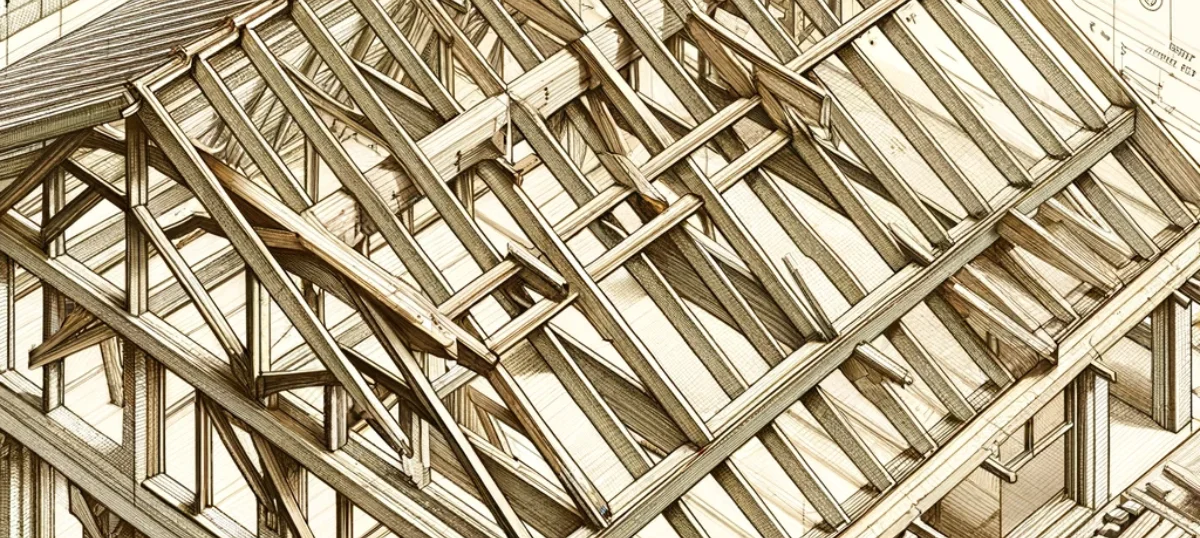
By intersecting with the rafters, collar beams provide invaluable stability to the overall roof structure.
Moreover, these beams serve the purpose of framing the ceiling, contributing to the overall aesthetics and functionality of residential construction projects.
8. Battens: Securing Your Roofing Materials
Battens, also known as roofing laths, are strips of material that attach perpendicularly to the rafters. They provide a surface for your roofing materials to be fixed to, ensuring a secure installation. The spacing of the battens depends on the type of roofing material used.
9. Joists: Supporting Your Roof’s Interior
Ceiling joists run along the roof’s interior, connecting the rafters. Usually made of wood, joists provide additional support for areas such as soffits, eaves, and balconies. They play a fundamental role in maintaining the structural integrity of your roof.
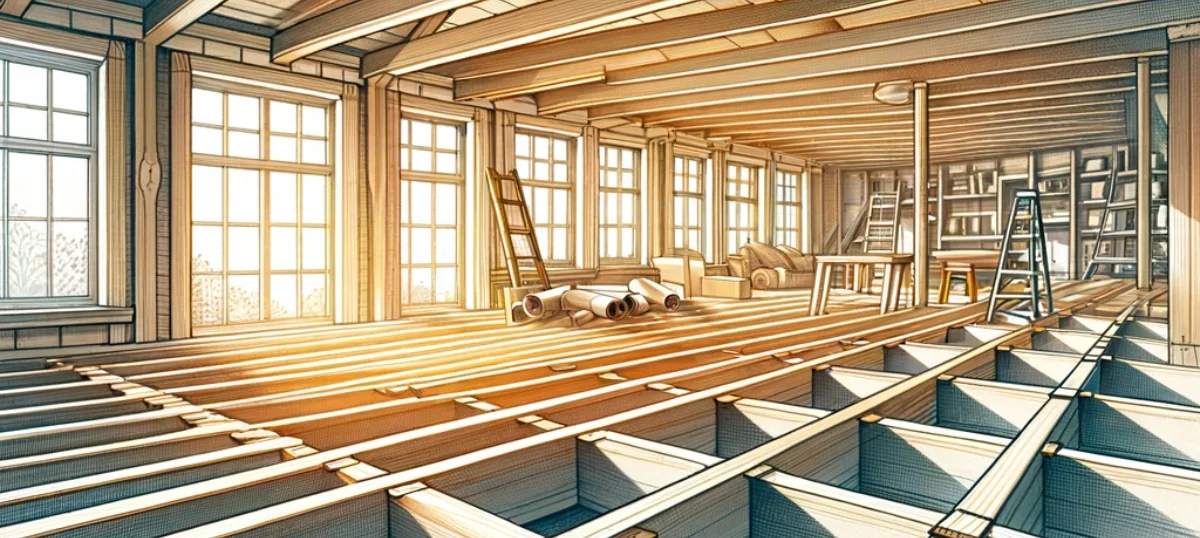
10. Soffits: Aesthetic and Functional Delights
Soffits serve a dual purpose, adding aesthetic appeal and functionality to your roof. They cover the underside of your roof’s overhangs, concealing the rafters and joists. Soffits also help insulate your home and protect it from moisture, preserving the longevity of your roof.
11. Fascia: Connecting the Dots
Fascia boards line the perimeter of your roof, concealing the rafters and visible truss.
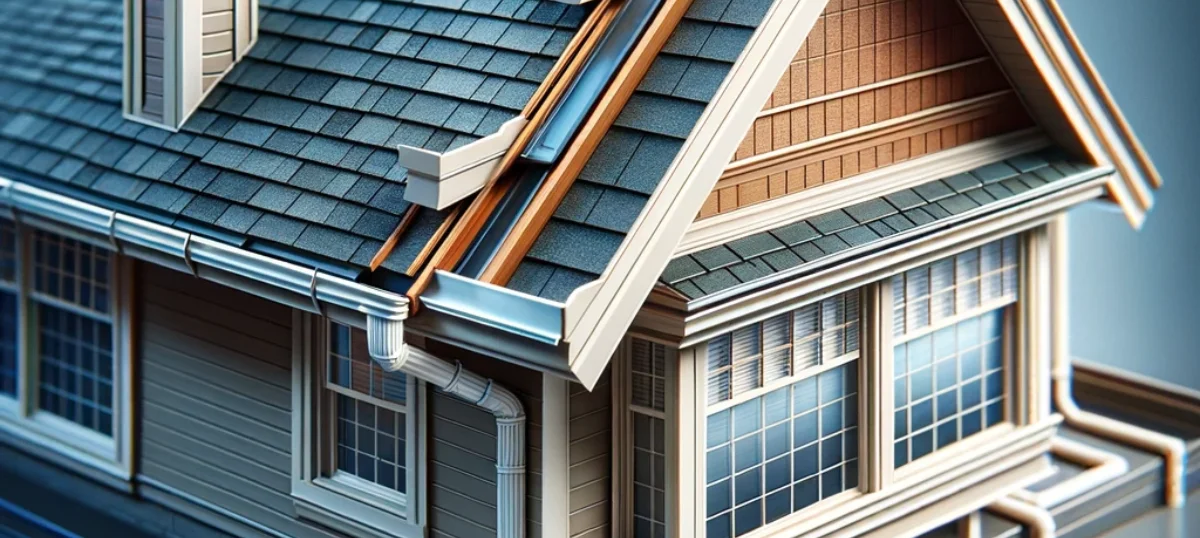
They provide support for your gutters and connect the walls with the rooftop.
Fascia boards enhance the overall appearance of your roof and are necessary for a polished and finished look.
12. Rake: The Edges of Elegance
The rake, also known as the gable, is an important architectural element in a gable roof.
It refers to the sloped edges that give the roof its distinctive shape.
The rake can either stop flat or extend beyond the edge of the roof, creating an overhang and eave. This design choice can greatly impact the overall aesthetics of your roof.
Based on your style choice, the rake may remain uncovered or be enclosed with fascia or soffit, offering a variety of visual finishes.
13. Hip: Protection from All Angles
Hip roofs have slopes on all four sides, meeting at the top to form a ridge. These roofs are particularly suitable for wet, snowy, or icy climates, as they provide enhanced protection for the sides of your home with their four-sided eaves.
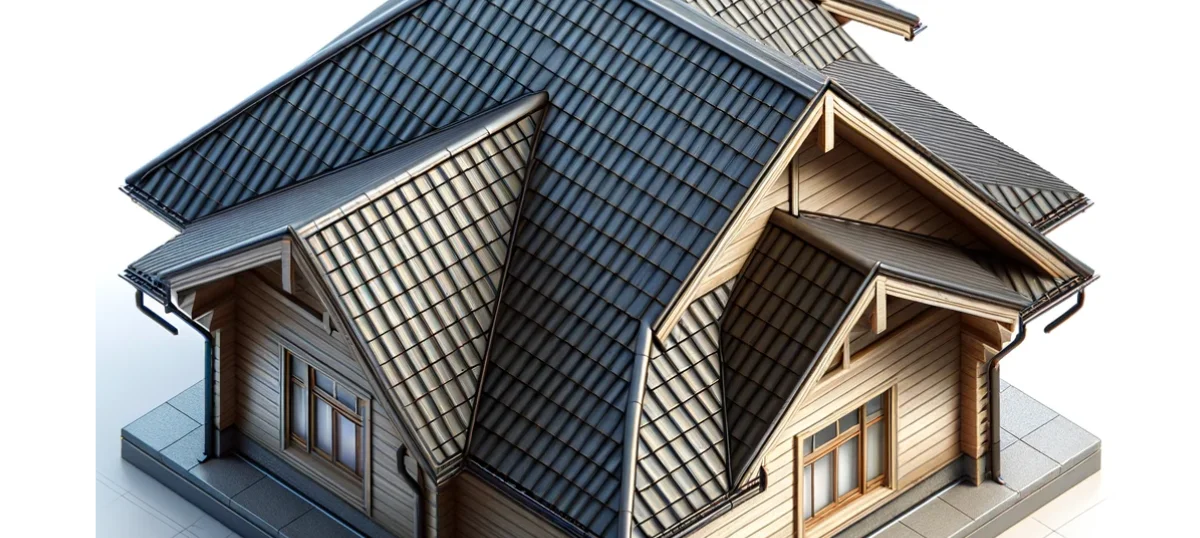
14. Eaves: Guarding Against Water Damage
Eaves, often referred to as the roof’s edge, stretch out flat along the bottom perimeter of your roof. They are susceptible to water accumulation and are ideal for gutter installation.
Regular upkeep of the eaves is fundamental since they are susceptible to wear from shingle decay and rusting metal. Their main purpose is to channel water away, keeping it from running down your home’s exterior walls.
15. Valley: Guiding the Flow of Water
Roof valleys are formed when two sections of the roof meet to create a V-shaped angle.
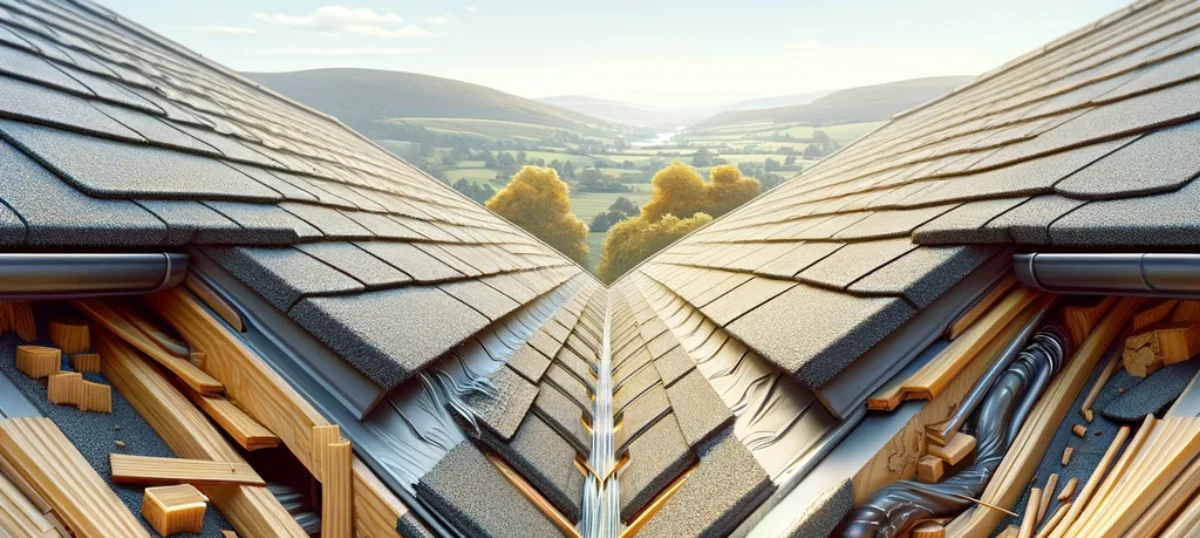
Valleys are prone to water and debris accumulation, making proper gutter installation essential.
They redirect water flow down your roof, preventing potential leaks and damage.
16. Dormer: Windows of Opportunity
Dormers are popular roof add-ons that project vertically from your roof, providing additional light and ventilation to your attic or loft space. They can increase the usable area of your home and should be equipped with energy-efficient windows to reduce energy costs.
17. Chimney: A Rooftop Companion
The chimney is an integral part of your roof’s structure, serving as a vertical projection that aids in home ventilation.
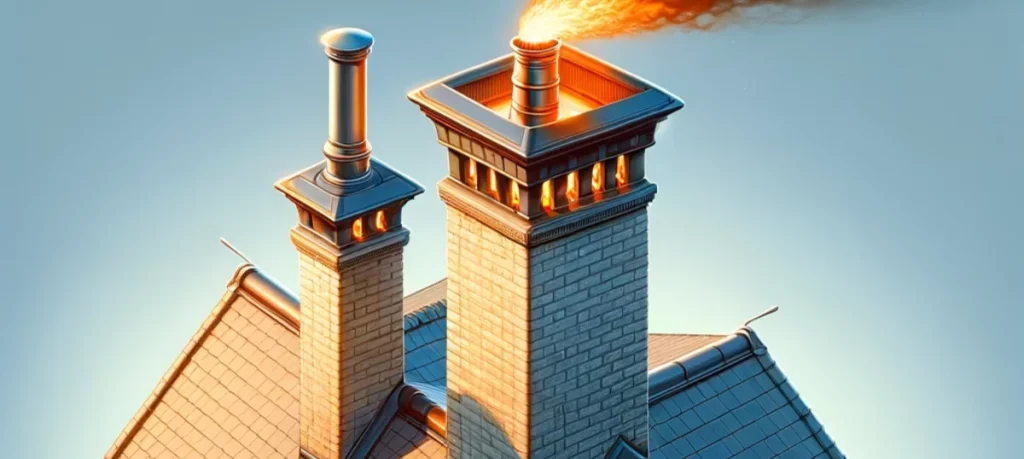
It exhausts harmful smoke from stoves, boilers, and fireplaces, ensuring a safe and healthy environment.
18. Flashing: Keeping Water Out
Flashing is a part of your roof’s weather-resistant barrier system. It consists of thin strips of waterproofing material that are placed along joints and seams to prevent water infiltration.
There are different types of flashing tailored for specific purposes.
Chimney flashing is strategically placed at the intersection of your chimney and the roof to prevent moisture penetration.
Vent pipe flashing acts as an external sealant around vent openings, providing a robust barrier.
Valley flashing, a waterproof roofing material, is expertly installed in the valley line of your roof, ensuring watertight protection in this key area.
Skylight flashing is used to waterproof the interface between your skylight’s sealants, effectively sealing the gap between the glass and frame, thereby enhancing leak prevention throughout your roof.
19. Drip Edge: Diverting Water Away
The drip edge is a specialized type of metal flashing installed along the roof’s eaves. It directs water away from your home and fascia, protecting them from moisture damage.
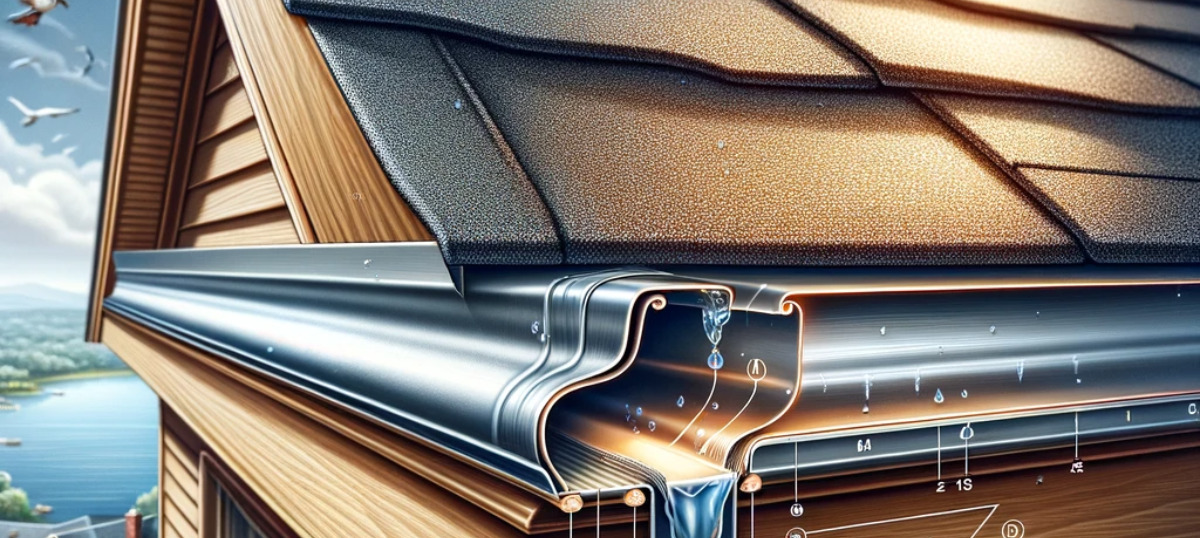
20. Ice And Water Protector:
The ice and water protector is a watertight layer to safeguard your roof’s most sensitive areas from the rake edges, eaves, valleys, and overhangs.
An ice and water protector may prevent leaks and minimize damage, possibly allowing for easier roof repairs if shingles are displaced due to strong winds.
21. Abutment: The Tip Top
A roof abutment refers to any part of a roof that connects to a wall situated above it.
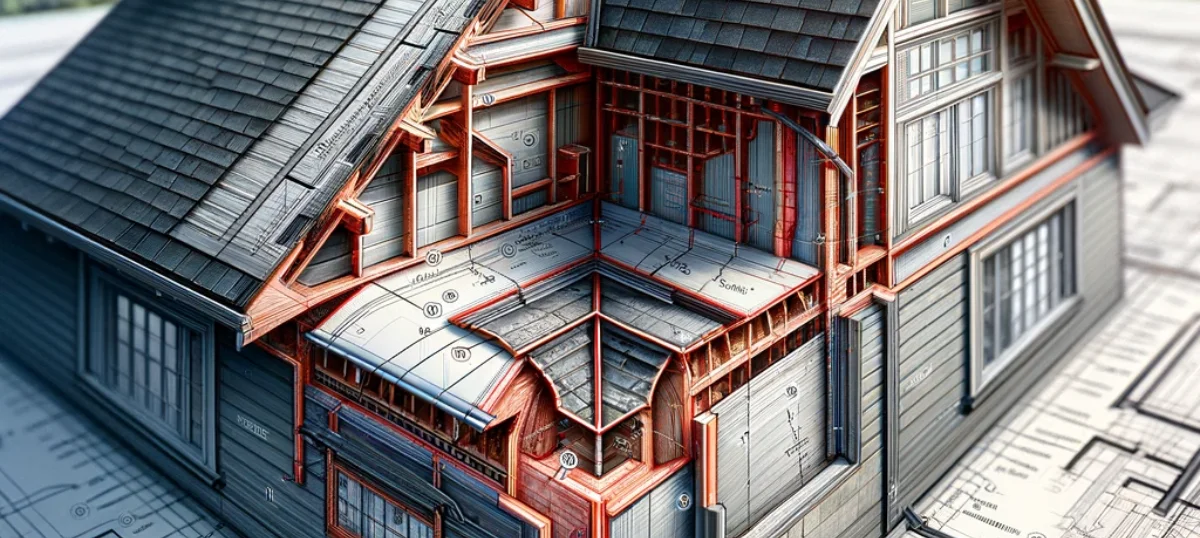
22. Field of Roof System: The Whole Shebang
The roof field designates the space where the roofing material is installed.
23. Gutters and Downspouts: Channeling Water Safely
Gutters and downspouts form an external system that directs water away from your home’s foundation and outer walls.
They prevent water from pooling on the roof and ensure proper drainage, safeguarding your home’s structural integrity.
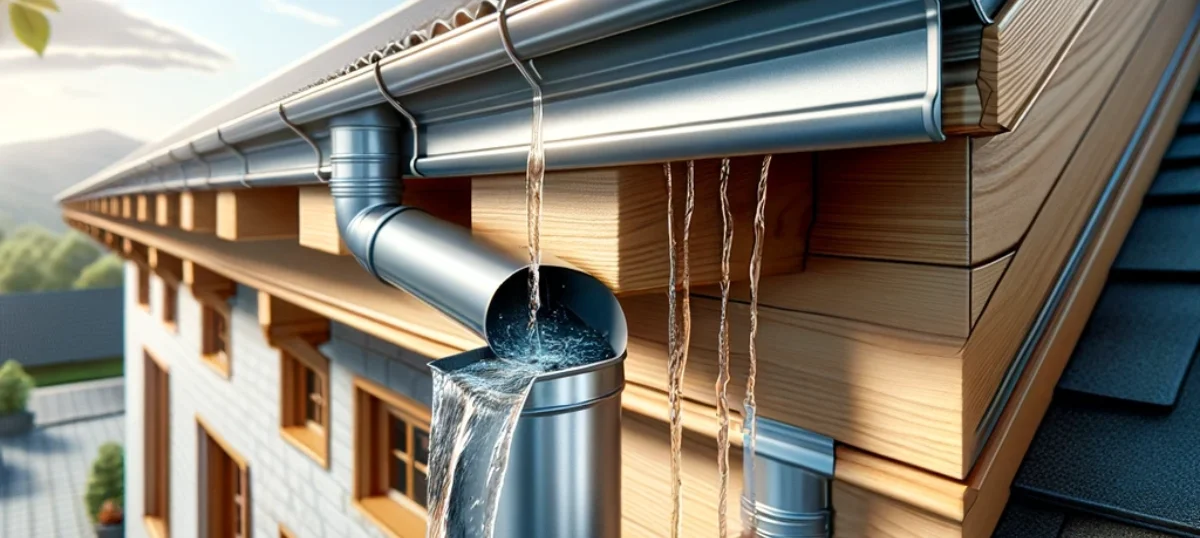
24. Roof Covering: Shielding Your Home
The roof covering is the outermost layer that provides protection, durability, and curb appeal to your roof. It includes materials such as shingles, tiles, slate, and metal roofing.
The choice of roof covering depends on factors like roof type, climate, and budget.
Now That You Know The Parts of A Roof; Do You Need Roofing Assistance?
Understanding the various parts of a roof is beneficial for proper maintenance, repairs, and replacement. By familiarizing yourself with the roof parts, you can make informed decisions and ensure the longevity of your roof.
Should you spot any damage or wear on your asphalt shingles, reach out to Oaks Roofing and Siding, a certified roofing contractor for an in-depth assessment and prompt repair work. Remember, a well-maintained roof is the key to a safe, beautiful, and secure home.
FAQs on Parts of A Roof
1. What are the key parts of a roof?
- A roofing system typically consists of several parts, including the roof deck, underlayment, roofing material, flashing, vents, and gutters. Each of these plays a crucial role in the roof’s overall performance and protection.
2. What is the purpose of roof flashing?
- Roof flashing is used to prevent water from infiltrating vulnerable areas of the roof, such as valleys, chimney junctions, and skylights. It forms a watertight barrier for maintaining the roof’s integrity.
3. How do you ensure proper roof ventilation?
- Adequate roof ventilation is achieved by incorporating soffit and ridge vents to maintain a balanced airflow. This prevents heat buildup in the attic, reduces moisture, and extends the life of your roofing system.
4. What’s the significance of the roof underlayment?
- The roof underlayment is an important layer that goes beneath the roofing material. It provides an additional barrier against moisture and enhances the roof’s insulation to protect the roof and the interior of your home.
